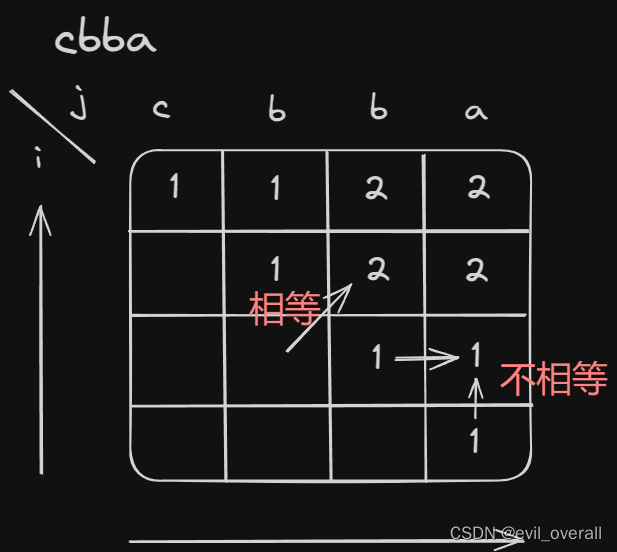
使用Spring Boot结合JustAuth实现支付宝、微信、微博扫码登录功能
在使用Spring Boot结合JustAuth实现支付宝、微信、微博扫码登录功能之前,需要先确保已经配置好Spring Boot项目,并且添加了JustAuth的依赖。你可以在项目的pom.xml文件中添加如下依赖:
<dependency>
<groupId>me.zhyd.oauth</groupId>
<artifactId>JustAuth</artifactId>
<version>1.15.10</version> <!-- 请根据最新版本进行替换 -->
</dependency>
接下来,可以参考下面的示例代码实现支付宝、微信、微博扫码登录功能。在这个例子中,我使用了Spring Boot的Web模块,可以根据自己的项目需求进行适当的调整。
import me.zhyd.oauth.model.AuthCallback;
import me.zhyd.oauth.model.AuthResponse;
import me.zhyd.oauth.request.AuthAlipayRequest;
import me.zhyd.oauth.request.AuthWeChatRequest;
import me.zhyd.oauth.request.AuthWeiboRequest;
import org.springframework.stereotype.Controller;
import org.springframework.ui.Model;
import org.springframework.web.bind.annotation.GetMapping;
import org.springframework.web.bind.annotation.RequestMapping;
import javax.servlet.http.HttpServletRequest;
@Controller
@RequestMapping("/oauth")
public class OAuthController {
@GetMapping("/login")
public String login() {
return "login";
}
@GetMapping("/callback")
public String loginCallback(HttpServletRequest request, Model model) {
String source = request.getParameter("source");
AuthCallback authCallback = AuthCallback.builder()
.code(request.getParameter("code"))
.state(request.getParameter("state"))
.build();
AuthResponse response;
switch (source) {
case "wechat":
response = getWechatAuthResponse(authCallback);
break;
case "alipay":
response = getAlipayAuthResponse(authCallback);
break;
case "weibo":
response = getWeiboAuthResponse(authCallback);
break;
default:
return "redirect:/oauth/login";
}
model.addAttribute("response", response);
return "callback";
}
private AuthResponse getWechatAuthResponse(AuthCallback callback) {
return new AuthWeChatRequest().login(callback);
}
private AuthResponse getAlipayAuthResponse(AuthCallback callback) {
return new AuthAlipayRequest().login(callback);
}
private AuthResponse getWeiboAuthResponse(AuthCallback callback) {
return new AuthWeiboRequest().login(callback);
}
}
在上述代码中,我们创建了一个OAuthController类,该类包含了登录和回调的处理方法。在login方法中,我们返回登录页面的视图,而在loginCallback方法中,根据不同的授权源(wechat、alipay、weibo),调用不同的JustAuth请求进行登录,并将结果传递给回调页面。
接着,创建两个页面,一个是登录页面(login.html),另一个是回调页面(callback.html):
src/main/resources/templates/login.html:
<!DOCTYPE html>
<html lang="zh-CN">
<head>
<meta charset="UTF-8">
<title>登录页面</title>
</head>
<body>
<h2>登录页面</h2>
<a href="/oauth/login?source=wechat">使用微信登录</a><br>
<a href="/oauth/login?source=alipay">使用支付宝登录</a><br>
<a href="/oauth/login?source=weibo">使用微博登录</a>
</body>
</html>
src/main/resources/templates/callback.html:
<!DOCTYPE html>
<html lang="zh-CN">
<head>
<meta charset="UTF-8">
<title>回调页面</title>
</head>
<body>
<h2>回调页面</h2>
<p>响应结果: ${response}</p>
</body>
</html>
在这个简单的示例中,我们可以通过访问/oauth/login来进入登录页面,选择不同的授权源进行登录。登录成功后将跳转到/oauth/callback页面,展示登录结果。
示例中完整代码,可以从下面网址获取:
https://gitee.com/jlearning/wechatdemo.git
https://github.com/icoderoad/wxdemo.git
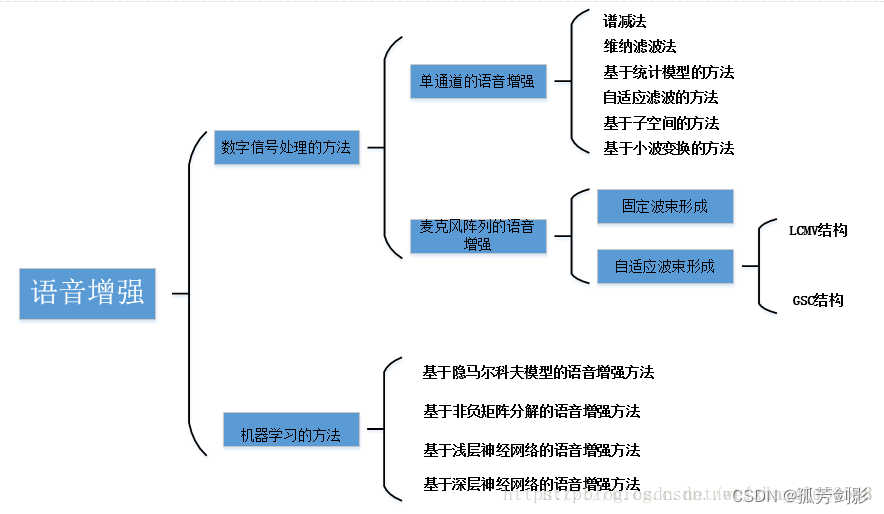



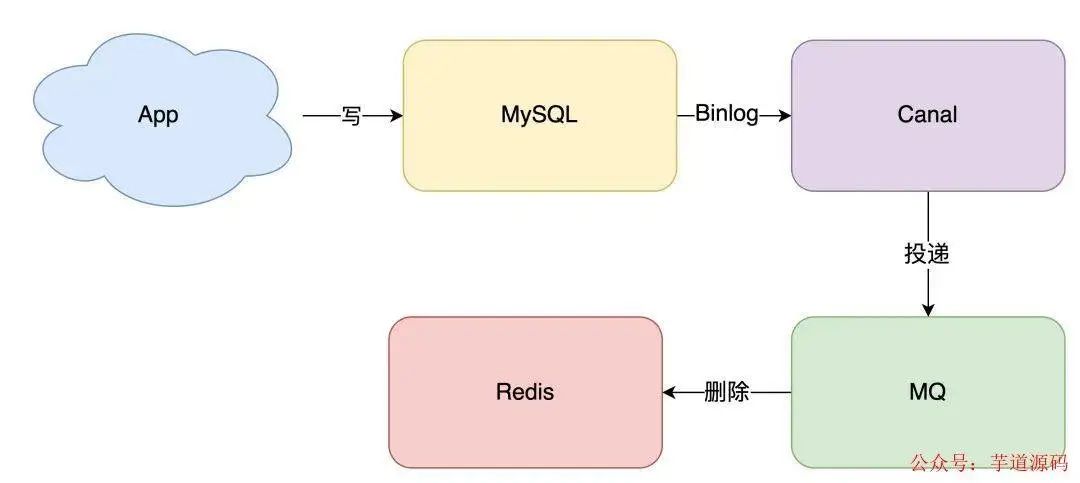
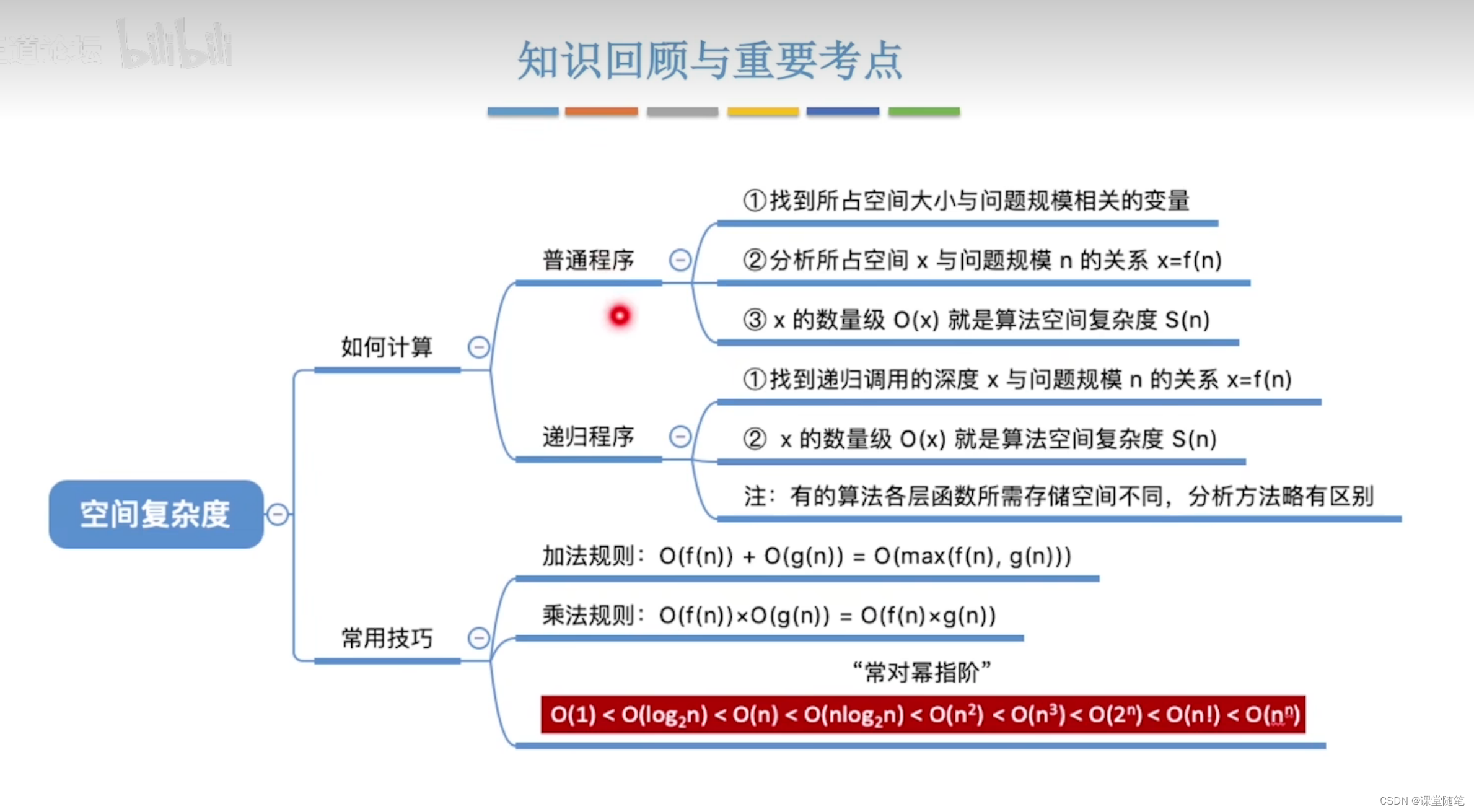
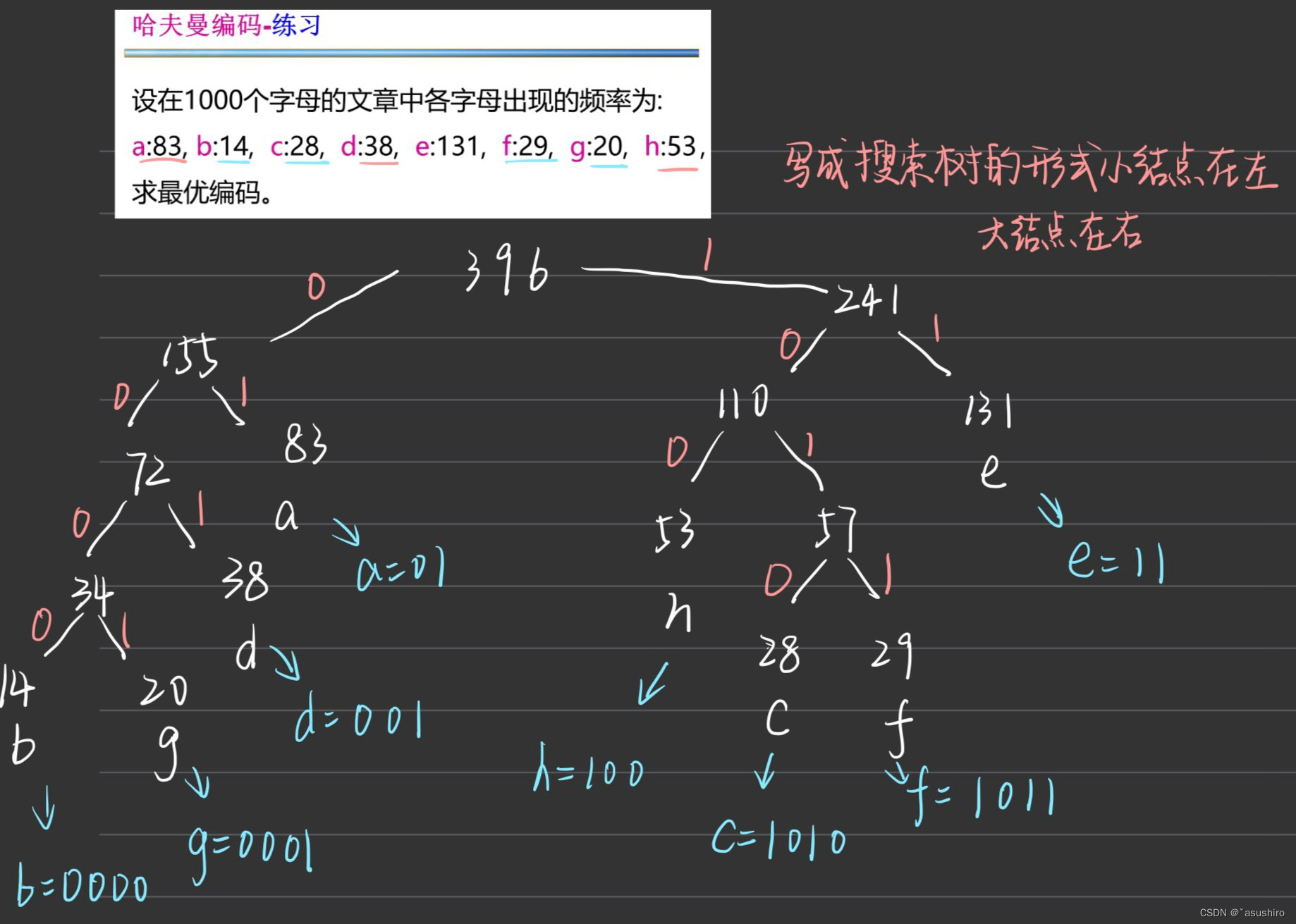


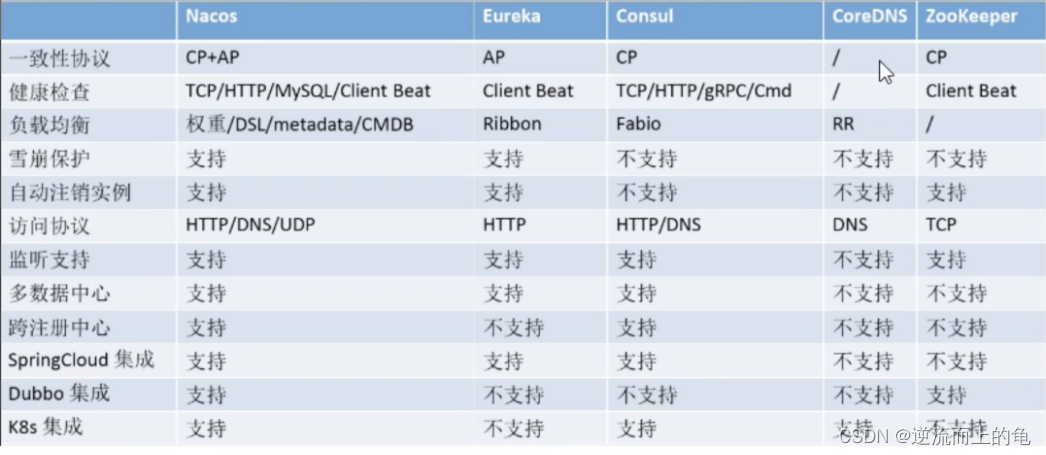
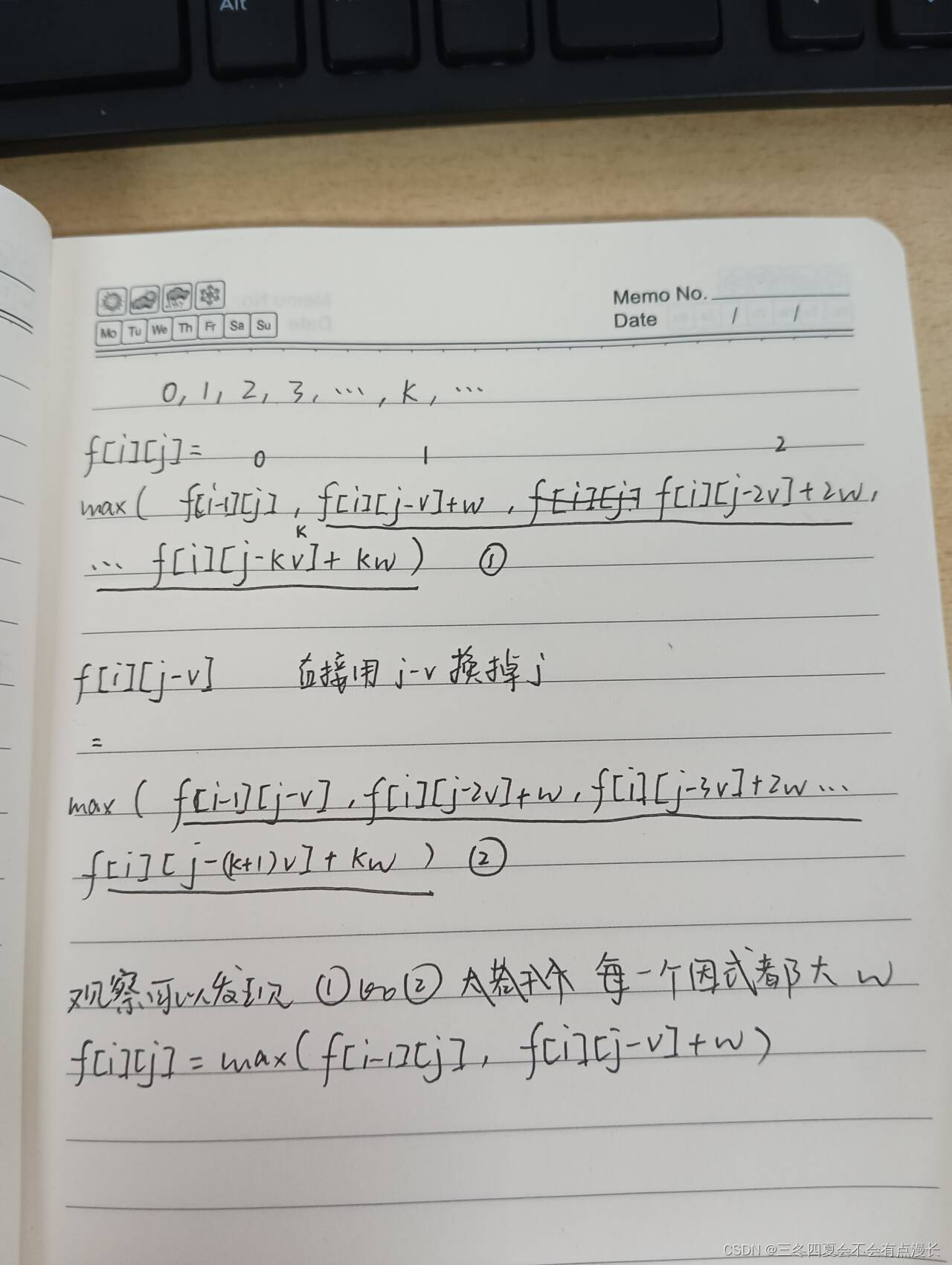

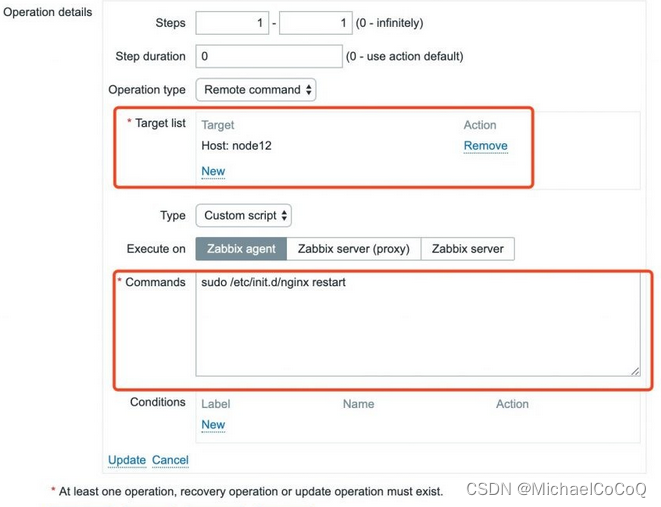
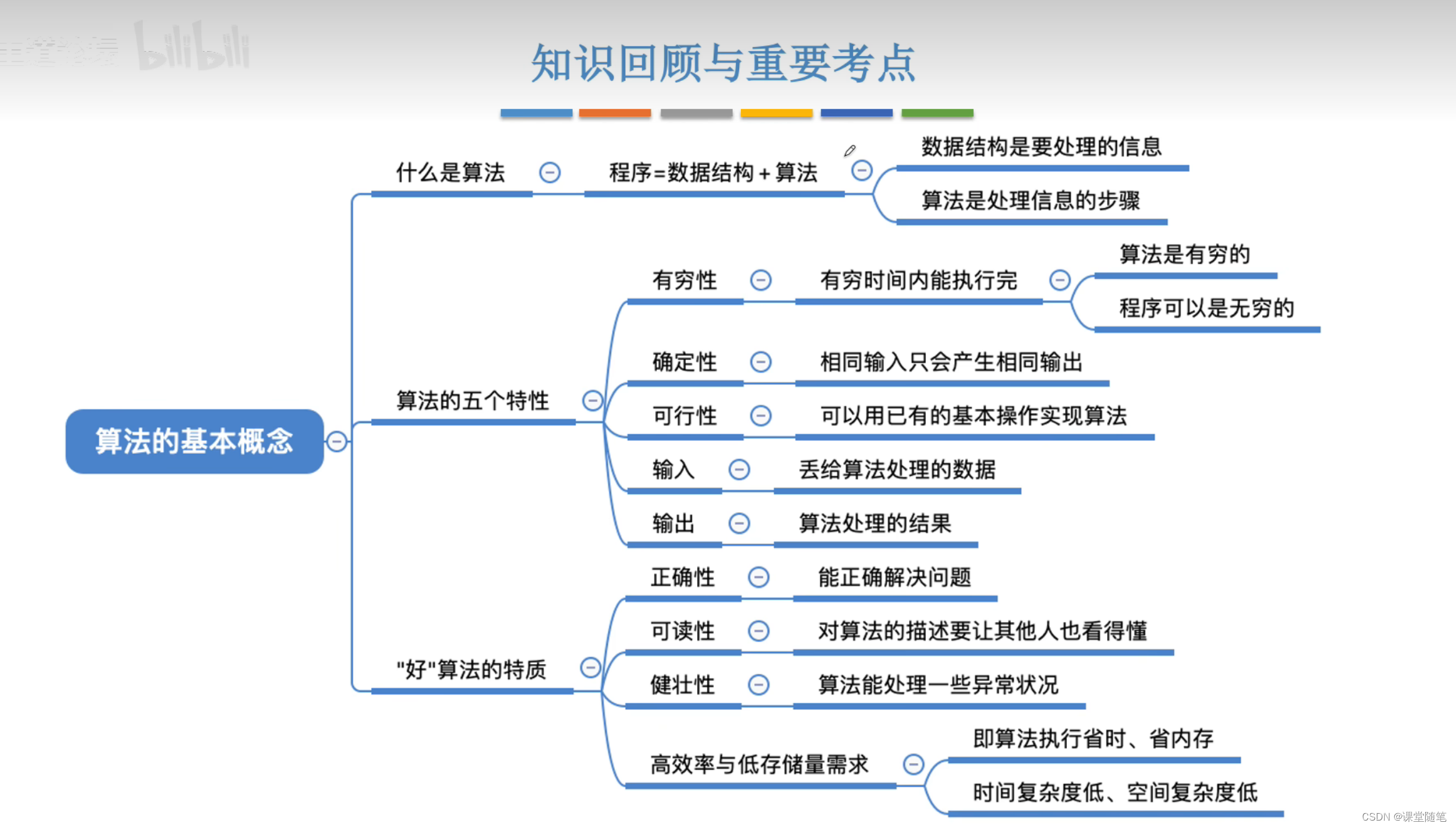
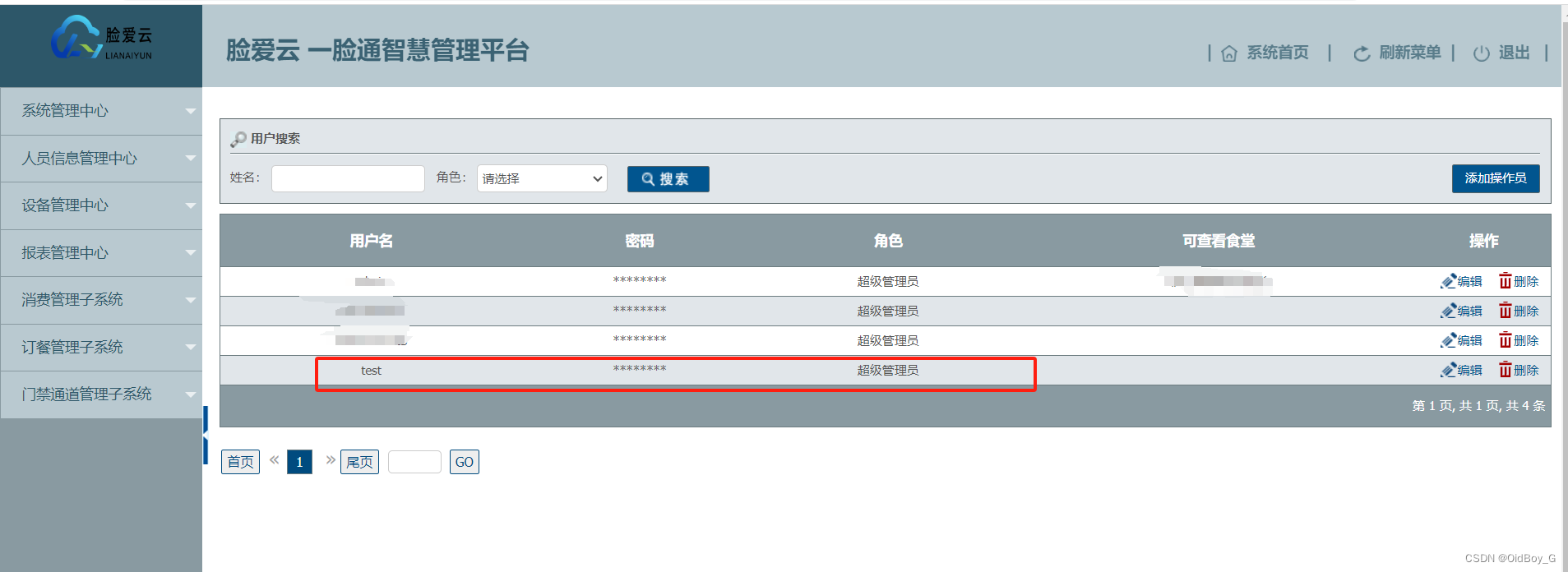
![[qemu逃逸] XNUCA2019-vexx](https://img-blog.csdnimg.cn/d7d8e0e917a143c1b5e0db31747b5934.png)

